Siemens’ Digital Twin car design game drives next generation towards STEM
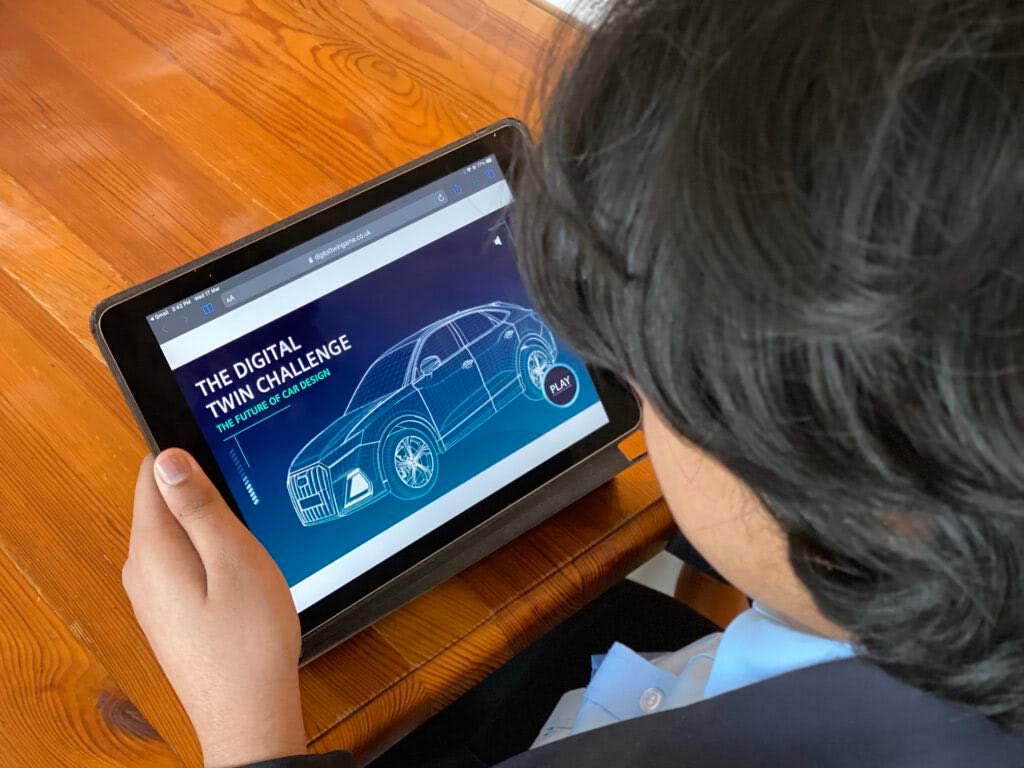
Siemens has launched a new free, fun, online car design simulation game to inspire young people’s interest in STEM subjects.
The Digital Twin Challenge puts players in the position of chief designer of a new model of car.
The interactive game involves designing and testing a vehicle that offers high performance, excellent range and protects the environment by finding the right balance of power, range, and emissions.
Players can choose different body styles, engines, wheels and tyres to test their design in a real-time simulation to discover its outputs and how it performs on the road.
Once the right balance has been found, the player can customise the prototype’s colour and details before taking the car to the test track and then into production.
The PC, laptop, tablet or smartphone-enabled game encourages young people to explore the world of science, technology, engineering and maths (STEM) through free and fun play.
It is also mapped to the National Curriculum and is supported by teachers’ notes with suggestions to expand and explore the subject further.
Brenda Yearsley, Education Development Manager, Siemens GB&I said:
“We are delighted to launch our Digital Twin Challenge and continue our commitment to bring STEM to life and inspire the next generation of inventors and innovators.
“Powerful and complex simulation software used by our own engineers to design the products of the future have been simplified to give young people a fun and educational opportunity for them to use their creativity in a safe and sustainable way.”
The Digital Twin Challenge is the latest interactive game launched by Siemens Education applying modern technologies such as digital twinning, IoT, Augmented Reality and Cybersecurity. It allows young people at KS1-4 to solve real-world challenges such as Covid-19, sustainability and decarbonisation, and explore the impact of automation, digitalisation and electrification on individuals, society and the environment.
For instance, Neutralise the Threat challenges players to protect a shopping centre from COVID-19, Green Cities challenges young people to manage the air quality in a city for a week, while Energy Island asks students to create an energy plan balancing pollution, reliability of the supply, and fluctuating demand.
One of the most popular games over the last year has been the Human Body interactive which contains three lessons on skeleton and muscles, digestion, and the circulation and respiratory system.
Brenda added: “There was a time when playing games was seen as frivolous, and it was eating away at time that should have been spent on study. There is no longer a disconnect between gamification and employability skills. Industry and education can now partner to connect creativity, hand eye coordination, fast thinking, problem-solving, and digital skills to the engineering and technology roles industry needs now and in the future.”

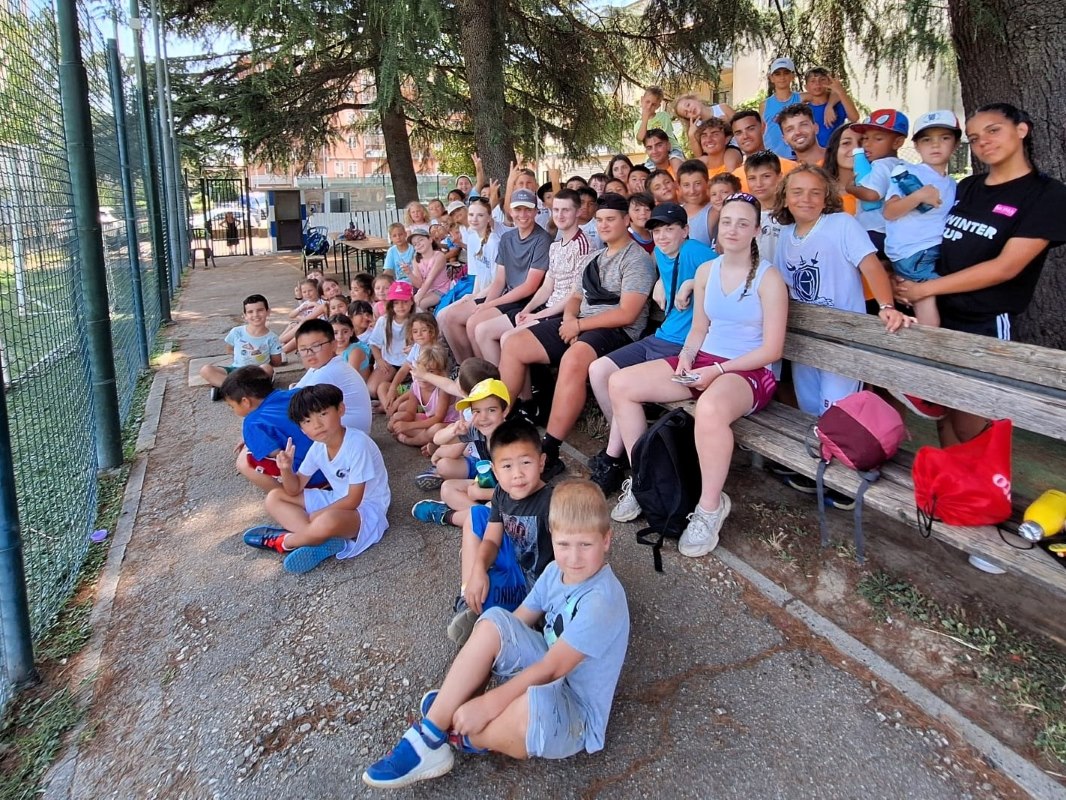

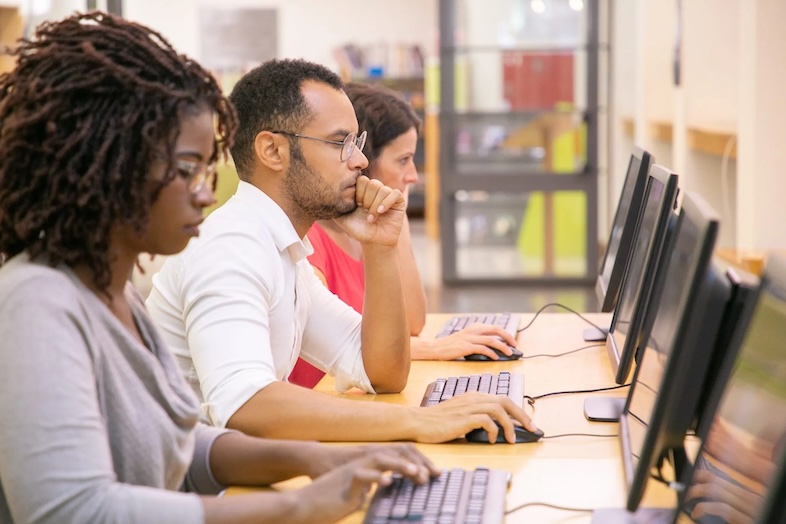

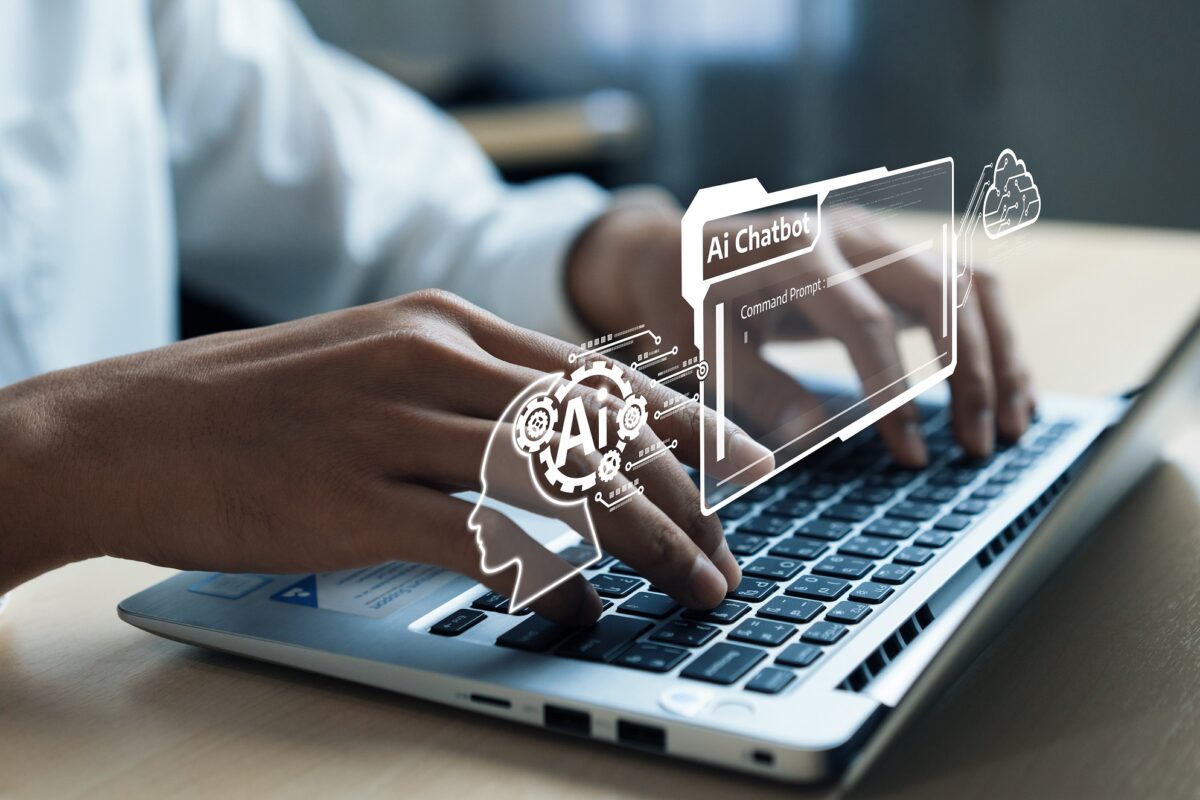
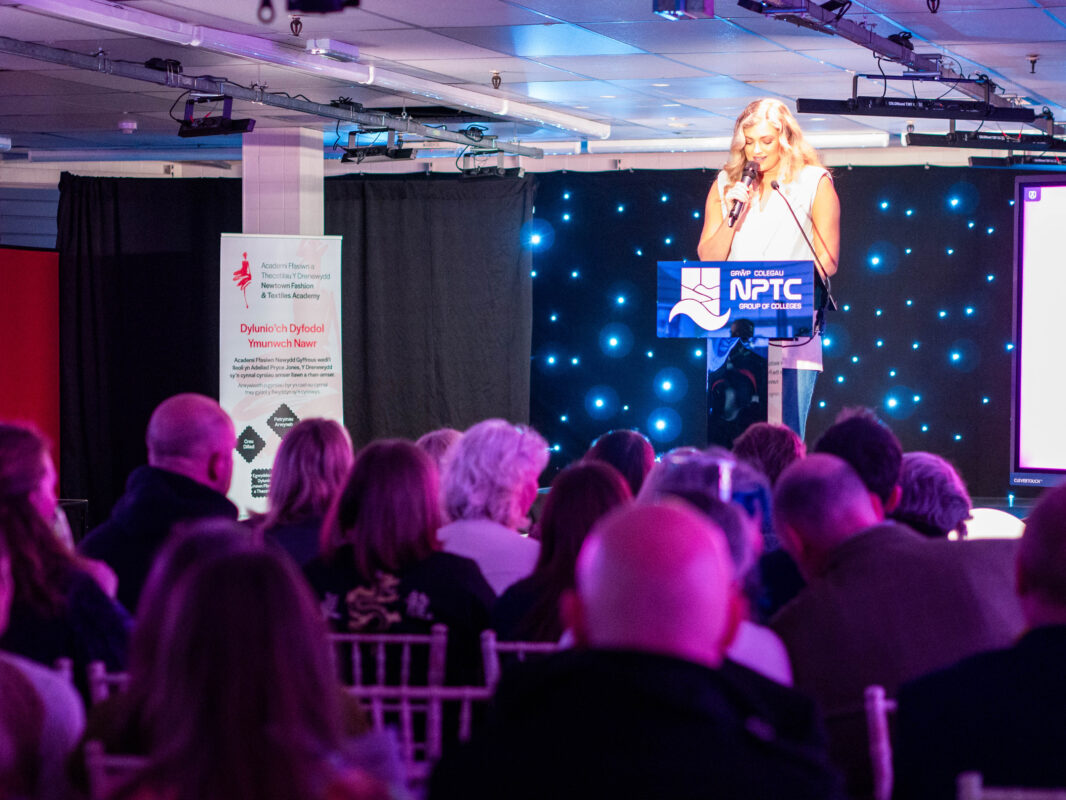

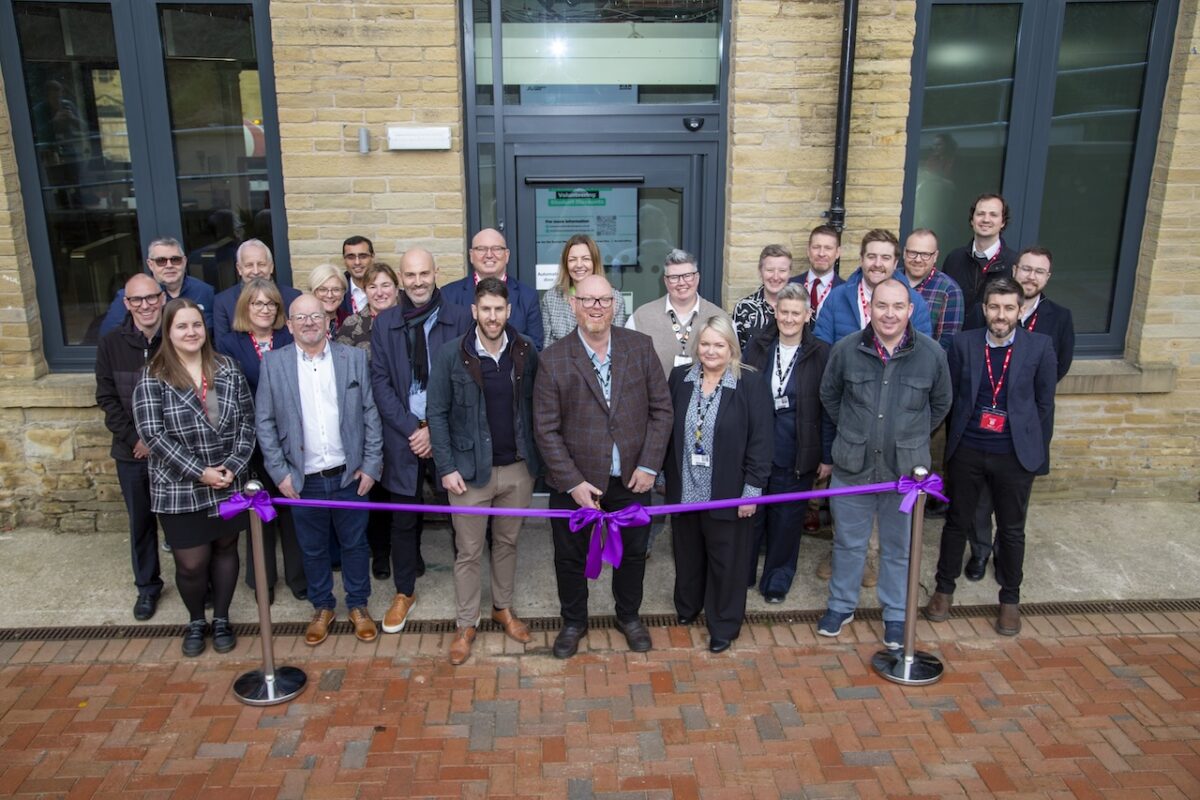
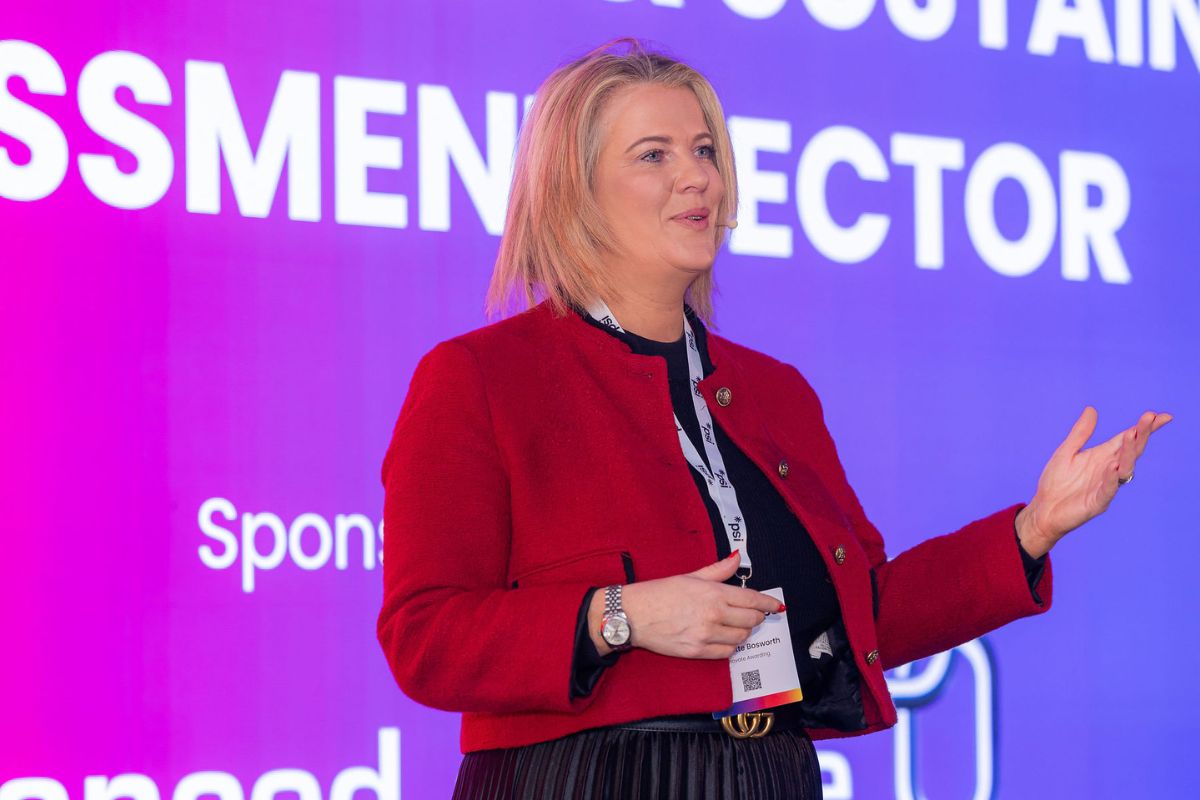
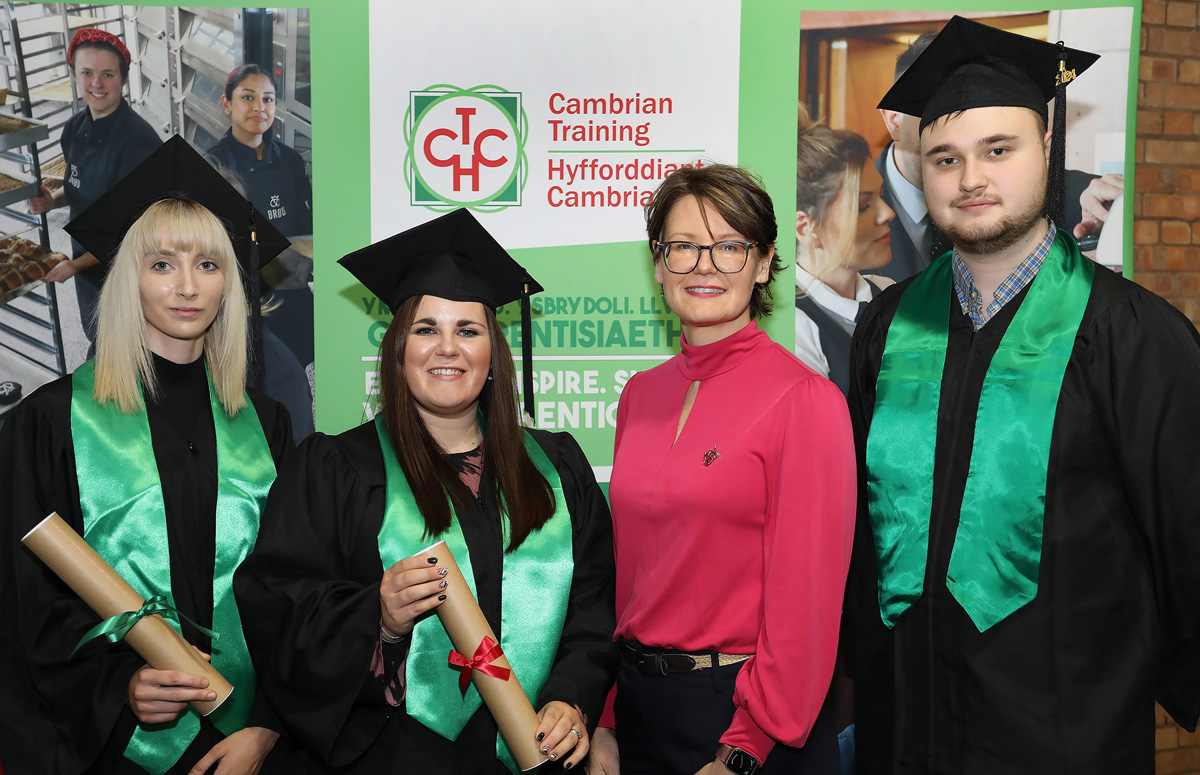
Responses